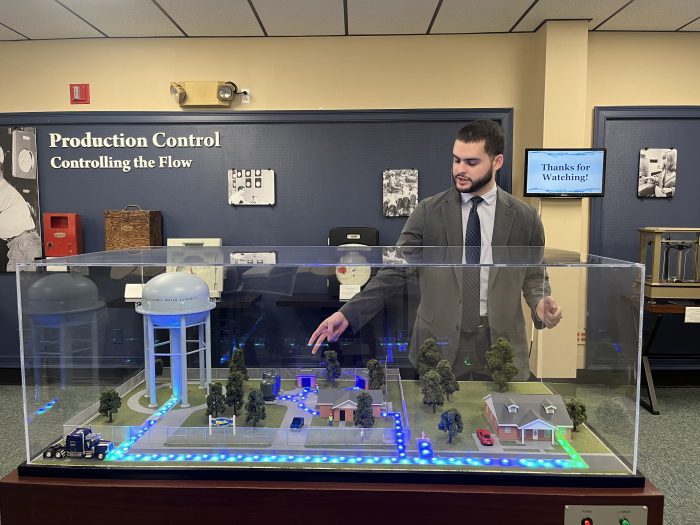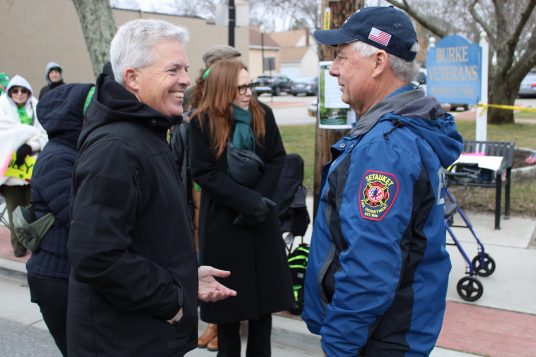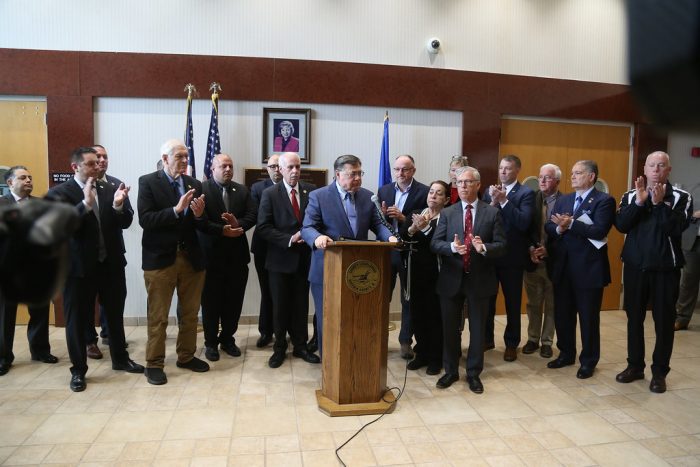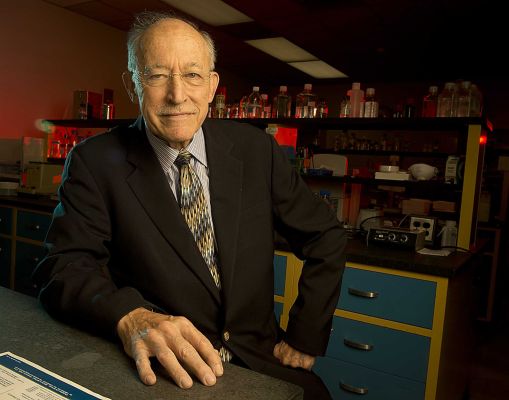By Samantha Rutt
The Suffolk County Water Authority Education Center & Laboratory, located in Hauppauge, offers an immersive experience that invites visitors to explore the world of water management, conservation and purification.
Opened to the public every second Thursday of each month, the Education Center & Laboratory serves as a hub for educational outreach and research initiatives aimed at promoting water awareness and sustainability practices within the community. Its state-of-the-art facilities showcase the intricate processes involved in delivering safe and clean drinking water to homes and businesses across Suffolk County.
One of the highlights of the Education Center is its interactive exhibits, which provide visitors with hands-on learning opportunities. From water cycle and watershed protection to understanding the importance of water quality testing, visitors of all ages can engage with informative displays that make learning about water conservation both educational and enjoyable.
Exhibits include the evolution of water main, water quality/quantity monitoring technology, advanced oxidation process display, water testing and lab technology, as well as advancements in meter reading.
Also at the center is an interactive water testing display allowing visitors to learn about Long Island’s aquifer and its role in the water cycle, while also examining real aquifer sediments extracted from the various geologic layers of the aquifer system.
Guided tours of the laboratory are also available, allowing for a behind-the-scenes look at the rigorous testing protocols employed to ensure the safety and purity of the county’s water supply. Led by knowledgeable staff members, these tours provide valuable insights into the science of water treatment and the vital role that water quality plays in public health.
In addition to its educational offerings, the SCWA Education Center & Laboratory also hosts various community events and workshops throughout the year. These events cover a range of topics, including water conservation strategies, environmental stewardship and the latest advancements in water technology.
For schools and educational groups, the Education Center offers tailored programs designed to complement classroom curricula and provide students with real-world examples of environmental science in action. Through engaging activities and demonstrations, students are encouraged to think critically about water-related issues and explore potential solutions to environmental challenges.
To learn more about the Suffolk County Water Authority or to sign up for a tour, visit the website at www.scwa.com/educationcenter.




































































